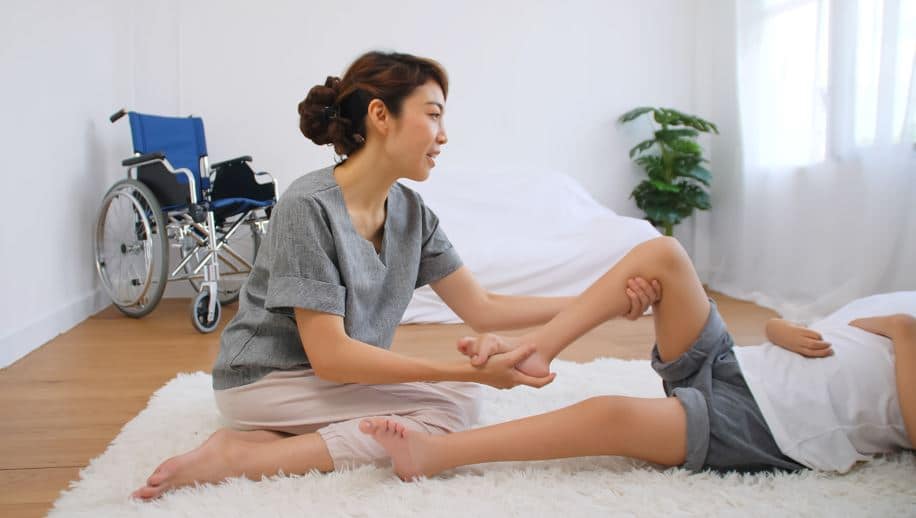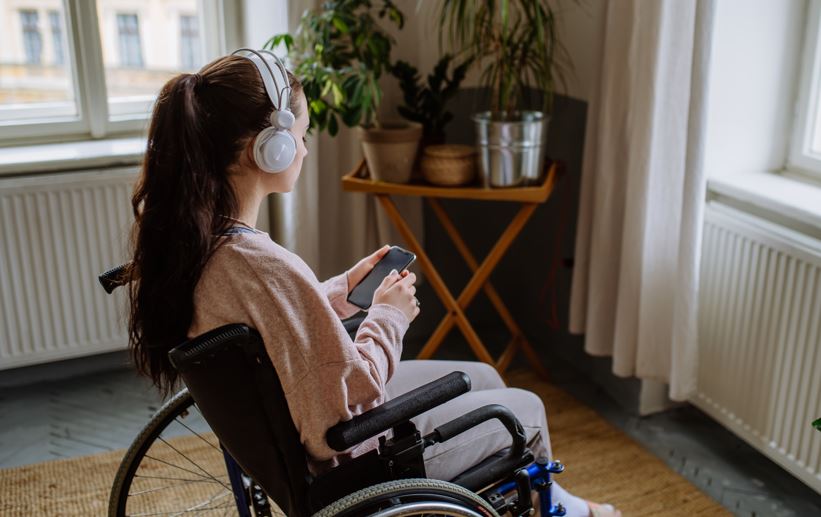The Medup V2 active-Passive Cycle Trainer is a cutting-edge rehabilitation and exercise device designed to address muscle spasms, improve circulation, and enhance overall quality of life for individuals facing mobility challenges, particularly those with spinal cord injuries and neurological conditions. Here we explore the potential benefits of the Medup V2 Active-Passive Cycle Trainer, shedding light […]
Revolutionizing Mobility and Well-Being: Exploring the MedUp V2 Active-Passive Trainer and Its Profound Benefits
In a world where technology continually reshapes the landscape of healthcare and well-being, the MedUp V2 active-passive trainer emerges as a beacon of hope for individuals navigating physical limitations resulting from an array of conditions, accidents, or deconditioning. Beyond its role as an arm and leg workout bike, this innovative device has captured the hearts […]
Spinal Cord Injury Therapy and the Role of Active-Passive Ergometer Cycle Trainers
Spinal cord injury (SCI) necessitates a multifaceted approach to therapy, with the best course of action depending on factors such as injury severity, location, and individual patient characteristics. Although a complete cure for spinal cord injury remains elusive, there are several therapeutic strategies aimed at promoting functional recovery and enhancing quality of life. One such […]
Motor Vehicle Accident Injuries, and Your Recovery
Motor vehicle accidents can result in various severe injuries. When severe physical trauma occurs, there is often a long recovery period. In unfortunate instances, injuries or paralysis can be permanent. Rehabilitation is often long, yet getting the proper treatment and care is as important as having emotional support. Some of the most common injuries in […]
What is good exercise therapy for Parkinson’s Disease?
Exercise therapy plays a crucial role in managing Parkinson’s Disease and can help improve mobility, balance, strength, flexibility, and overall quality of life. While it’s important to consult with a healthcare professional or physical therapist who specializes in Parkinson’s Disease, here are some exercises that are often recommended: 1. Aerobic Exercise Engaging in aerobic activities […]




